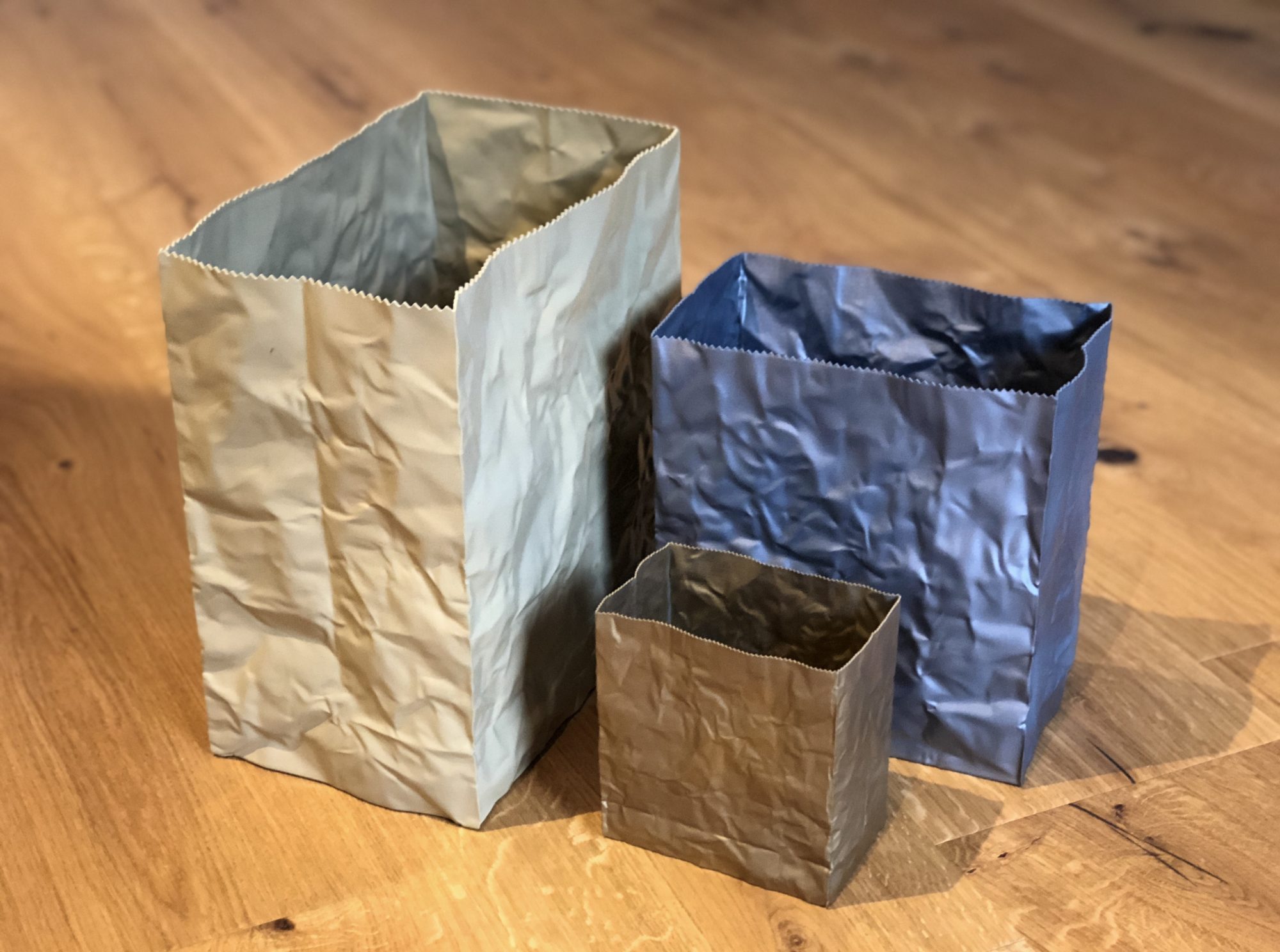The first thing to do is to add a loop timer to keep … In the while loop, the loop-continuation condition is tested at the beginning of the loop before performed the body of the loop. Let’s use the standard 9600 baud rate. The Full Code. The control expression for the loop is initialized, tested and manipulated entirely within the for loop parentheses. Then plug in the other jumper wires like this: First, plug a wire from 13 on the … Really, we’re just going to repeat the code from Event 1 almost exactly, just changing the names of the variables. I have found that new comers sometimes get focused on the code, and don't understand what the concept is ... hence the pool example. Here’s a quick rundown: In part 1 we described the basics of the millis function in general, in part 2 we talked about tight loops and blocking code, in part 3 and part 4 we discussed some issues that arise when using the delay function, and in part 5 we showed how to create “once-off” events and repetitive timed events using the millis function. Every time through the loop it’s going to be updating it again and again. The epoch time is the number of seconds elapsed since January 1 1970. We’ve got two sensors, a light-dependent resistor (or LDR) and a temperature sensor. To get the value of the counter at a particular juncture, just call the function – for example: start=millis(); Where start is an unsigned long variable. The sensors are always going to be at these pins, i.e. Arduino | Run 2 Function at the same time. I would like to plug this in to a few timing projects. Change language ... increment: executed each time through the loop when condition is true. The reason we’re using the unsigned long data type is because the value for millis gets really big. This is part of a mini-series we’ve been publishing that’s all about using the Arduino millis function to create timed events. Ask Question Asked 3 days ago. […]. Duemilanove and Nano), this function has a resolution of four microseconds (i.e. It's not unlike driving a car when you are teaching someone who has never done it. Because it’s an unsigned long it can hold a really big number, like we’ve talked about before. Let's say I have 2 loops LED() and IR() with a print statement in my Arduino loop() function. So, we’ve got two independent repetitive events working concurrently. Here is the full code ready for upload to your Arduino. Please turn JavaScript back on and reload this page. For example, you may want a servo to move every 3 seconds, or to send a status update to a web server every 3 minutes. Those intervals aren’t going to change, so we can make them constants. This is pretty sweet! Arduino Sketch with Millis () instead of Delay (), Arduino millis() - The Beginners Guide to multi-tasking with Arduino - Programming Electronics Academy, Map out a program with 2 INDEPENDENT timed events, Code from scratch a program using millis() to time 2 repetitive events, Drink Kool-Aid and watch a beautiful sunset, Event 1: Read/Display LDR Value (every 1 sec), Event 2: Read/Display Temp Value (every 5 sec). (2^32)-1, or 4294967295 milliseconds converts to 49.71027-odd days. This page is also available in 2 other languages. Excellent, we have our first timed event. The Arduino Reference text is licensed under a Creative Commons Attribution-Share Alike 3.0 License. Definitely check out the other videos in the series. We hope you enjoyed this lesson. It would appear that Pin 13 and Pin 12 were flashing in Sequence. I was wondering if it would be possible to run 2 or more loops at the same time with an Arduino. See the discussion here: http://www.element14.com/community/message/129449/l/re-multiple-arduino-functions-without-delay. ), great!! At the bottom of our code is a very important statement. The toughest part is just wrapping your head around the ‘if statement’ condition. Looking at this it appears we could use the Arduino millis () function to set up the timing for these events, and we could use analogRead () to read the LDR and the temperature sensor values. Off the top of my head I couldn't say if a while or for was more efficient, but personally for a fixed number of iterations I would go for a for loop, if I had to do a while loop then I would set I to zero so I could do (i Kawasaki Z 1000 A2 Ersatzteile,
Nintendo Switch Exposed Host,
Hormonstatus Bestimmen München,
Schattenkinder Kapitel 29,
Rotweinbowle 7 Buchstaben,
Aquarium Kombination 200 Cm,
